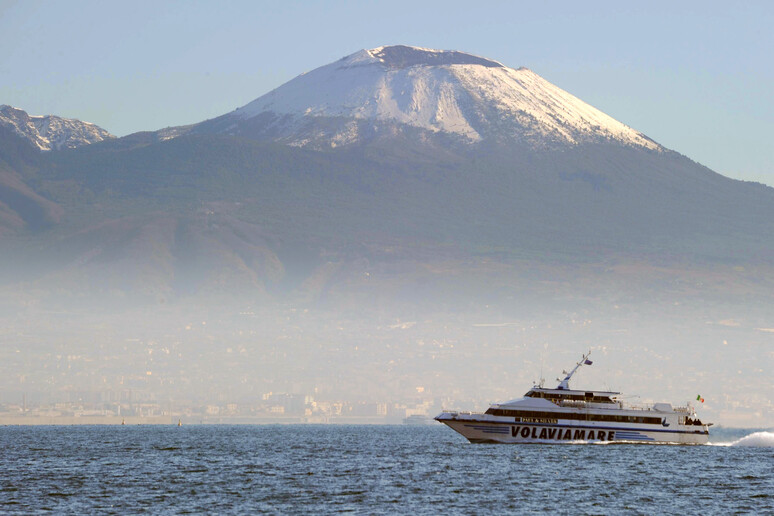Italian scientists have found
evidence of active seabed doming and gas discharge in the Gulf
of Naples, according to a paper published in the on-line journal
Scientific Reports on Tuesday.
The discovery is the result of an oceanography survey
conducted by members of Italy's national research institute
(CNR), national institute of geophysics and volcanology (INGV)
and the university of Florence.
The doming is located around 5 km from the port of Naples
and 2.5 km from Posillipo and is caused by the rise of gas from
a depth of 10-20 km, the researchers say.
"The structure is situated half way between the active
volcanoes of the Phlegraean Fields and Vesuvius, at a variable
depth of between 100m and 170m," said Salvatore Passaro of the
CNR.
The researchers surveyed 35 gas emissions and over 650
small craters linked to gas discharge over the past 12,000
years.
The data is evidence of "activity linked to a secondary
volcanic phenomenon that is not currently associated to a direct
rise of magma," said Guido Ventura of INGV.
ALL RIGHTS RESERVED © Copyright ANSA











